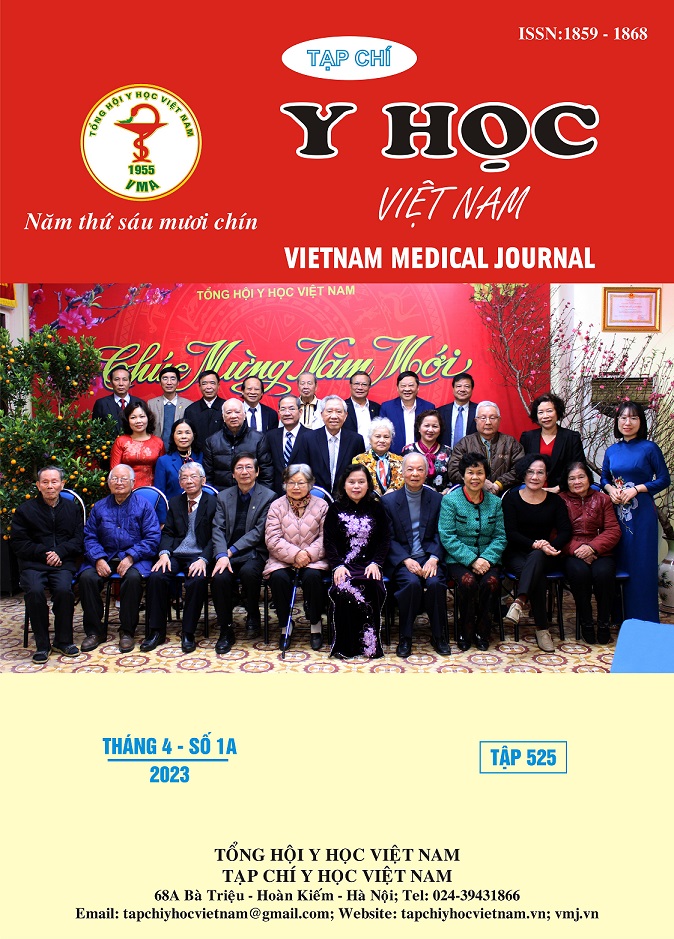DEVELOPMENT OF MICROEMULGEL CONTAINING DIOSMIN AND QUERCETIN
Main Article Content
Abstract
Diosmin and quercetin are active ingredients, possess anti-inflammatory effects, stabilize blood vessels, and could be the potential API for transdermal formulations for the treatment of varicose veins. Both diosmin and quercetin have poor water solubility. This study aimed at developing a microemulgel dosage form containing diosmin and quercetin (DQE). The solubility of diosmin and quercetin in excipients was investigated by using the saturation method to select excipients of microemulsion. The phase diagram was constructed using the water titration method. Active ingredients were loaded into selected microemulsion formulations and evaluated for organoleptic, pH, viscosity, and particle size. The physical stability of microemulsion containing diosmin and quercetin (DQM) was evaluated through 6 thermal cycles, each cycle consisted of 2 phases: 4 ± 1oC for 48 hours and 45 ± 1oC for 48 hours and high-speed centrifugation at 10000 rpm for 30 minutes. DQE was prepared from DQM and investigated in combination with different gelling excipients (HPMC, Sepinov Derm, Sepimax Zen). The properties of DQE were evaluated including: organoleptic, pH, viscosity, and thinness. The selected DQM had a droplet size of 165.6 ± 2.0 nm (PDI=0.267) and was resistant to thermal and centrifugation tests. The chosen DQE consisted of Plurol oleique CC479: Cremophor RH 40: Transcutol P: Water: Sepinov Derm with the ratios of 15%: 16.67%: 8.33%: 60%: 0.1% (kl/kl), respectively. The contents of diosmin and quercetin in DQE were 0.005% and 0.01% (w/w), respectively. DQE had a pH of 3.95 and possessed the pseudoplastic non-Newtonian rheological properties. The study has successfully developed a DQE formulation containing 0.005% diosmin and 0.01% quercetin. The results could be useful for the development of a transdermal dosage form to support the treatment of varicose veins.
Article Details
Keywords
Microemulgel, diosmin, quercetin, microemulsion.
References
2. Lee GH, Lee SJ, Jeong SW, Kim HC, Park GY, Lee SG , Choi JH, “Antioxidative and antiinflammatory activities of quercetin-loaded silica nanoparticles”, Colloids Surf B Biointerfaces, 2016, 143, pp. 511-517.
3. Freag MS, Elnaggar YSR, Abdallah OY, "Development of novel polymer-stabilized diosmin nanosuspensions: in vitro appraisal and ex vivo permeation", Int J Pharm, 2013, 454(1), pp. 462-471.
4. Kitagawa S, Tanaka Y, Tanaka M, Endo K, Yoshii A, "Enhanced skin delivery of quercetin by microemulsion", J Pharm Pharmacol, 2009, 61(7), pp. 855-860.
5. Censi R, Martena V, Hoti E, Malaj L, Di Martino P, “Permeation and skin retention of quercetin from microemulsions containing Transcutol(R) P”, Drug Dev Ind Pharm, 2012, 38(9), pp. 1128-1133.
6. Ahmad J, Gautam A, Komath S, Bano M, Garg A, ¬¬Jain K, “Topical nano-emulgel for skin disorders: Formulation approach and characterization”, Recent Pat Antiinfect Drug Discov, 2019, 14(1), pp. 36-48.
7. Gokhale JP, Mahajan HS, Surana SJ, “Quercetin loaded nanoemulsion-based gel for rheumatoid arthritis: In vivo and in vitro studies”, Biomed Pharmacother, 2019;112:108622.
8. Kajbafvala A, Salabat A, Salimi A, “Formulation, characterization and in-vitro/ex-vivo evaluation of quercetin-loaded microemulsion for topical application”, Pharmaceutical Development and Technology, 2016;23(8):741-750.


